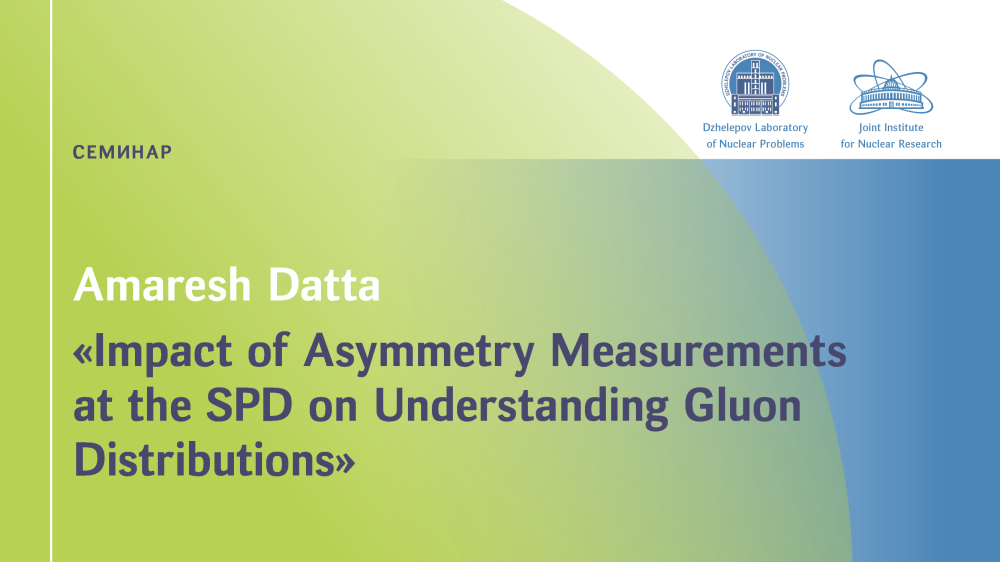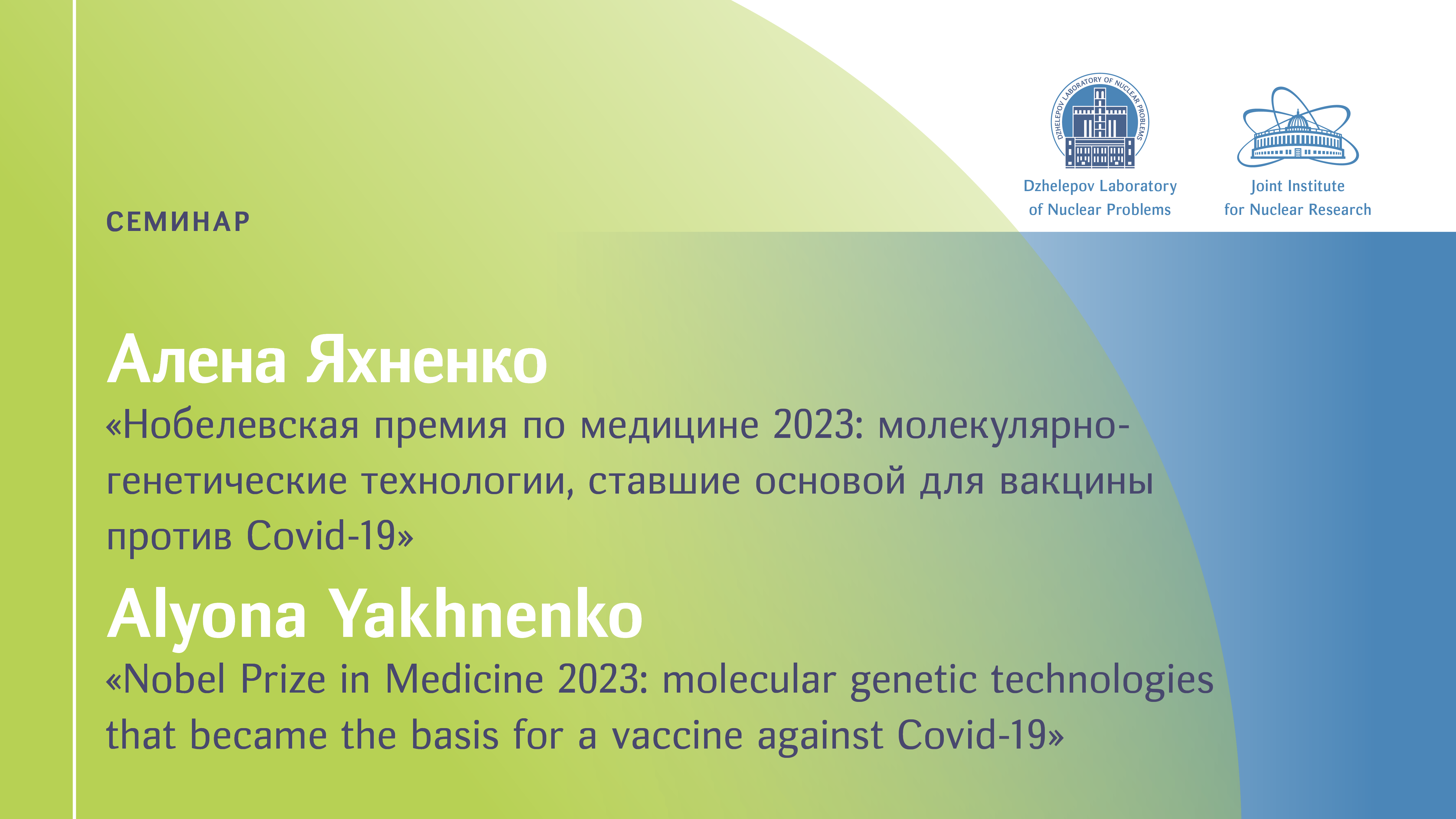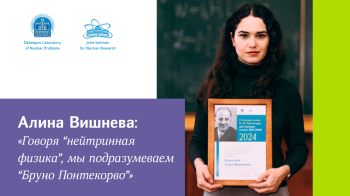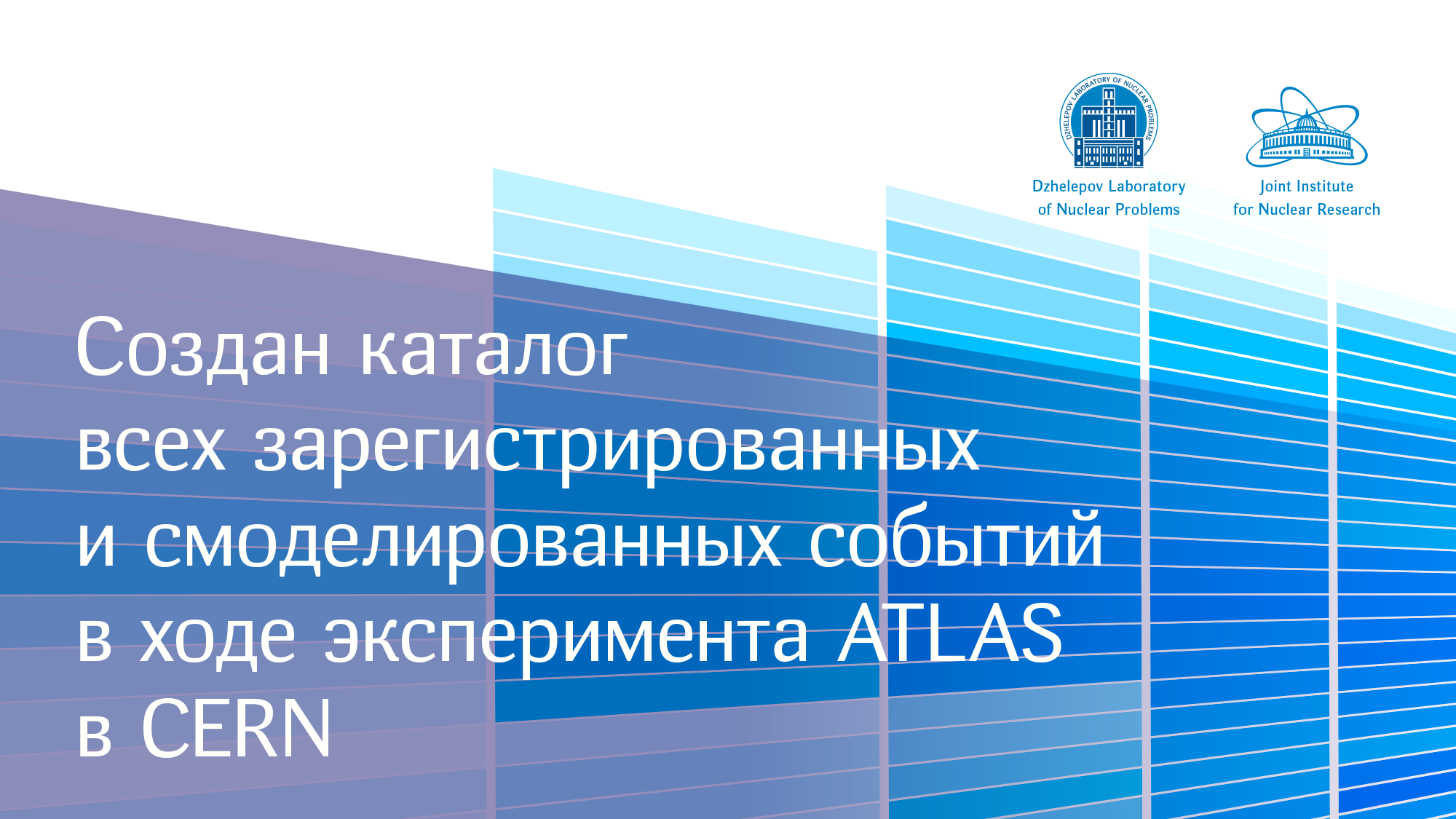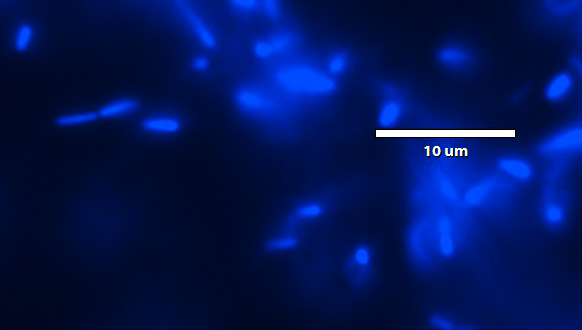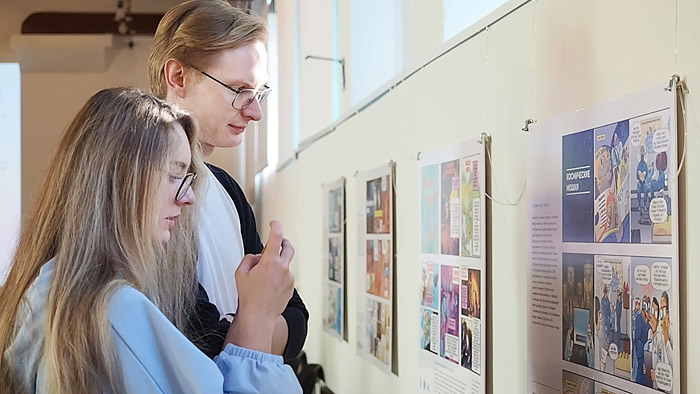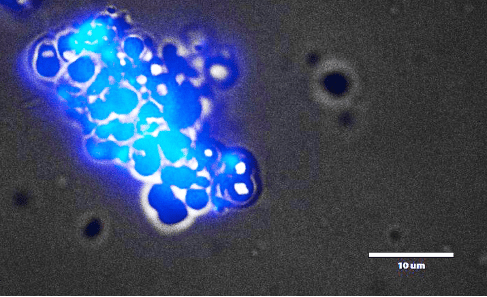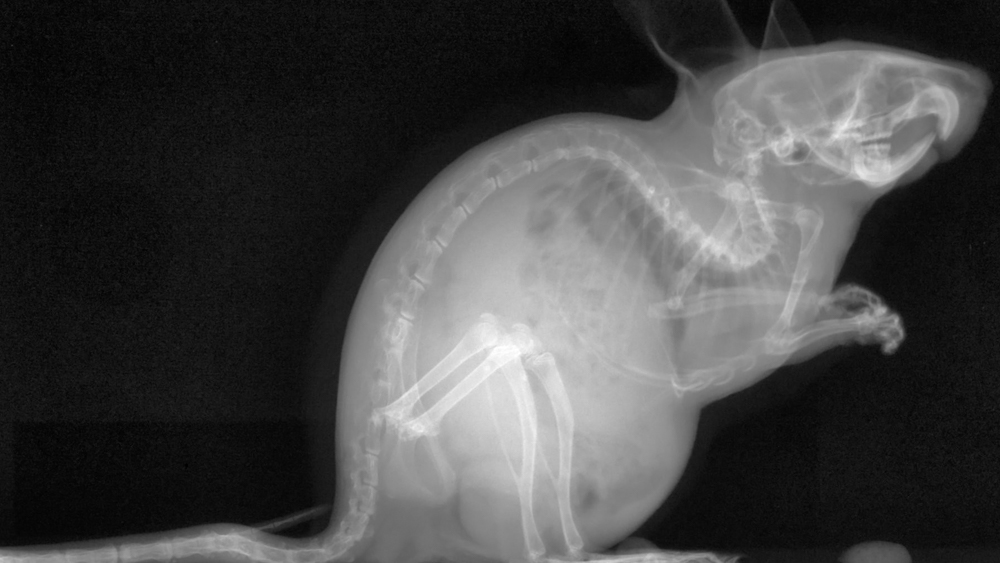28.12.2024
News of the laboratory
Dear colleagues! Our warmest wishes for the upcoming year to you! May this year open doors to a new life full of gleeful news, pleasant surprises, positive changes, promising starts, and new achievements! We wish you career success, good health, love and support of friends and family, and peace of mind!
23.12.2024
In 2016, a group of researchers at the ATOMKI laboratories in Hungary reported an anomaly found in the relative angle distribution of the electron–positron pairs from the internal conversion of gamma rays from the 7Li(p,γ)8Be reaction. The anomaly was later confirmed in two additional processes, helium and carbon, and the so-found excess of events is compatible with the hypothesis of a new boson of mass 17 MeV/c2 — the X17 boson.
14.08.2024
Leading scientists from the Laboratory of Theoretical Physics and the Laboratory of Nuclear Problems at JINR conducted research on coherent interactions of a fast proton with the short-range NN correlations in the nucleus, using data from the BM@N Experiment at the NICA Collider. An article presenting the results of the study was published in Physical Review C in June 2024. The authors are Alexey Larionov and Yuri Uzikov.
24.07.2024
Researchers of our laboratory Georgy Shelkov, Vladislav Rozhkov and Rostislav Sotenskii together with MSU scientists developed the algorithm for quantitative and qualitative material analysis by the K-edges for photon-counting computed tomography.
Calendar
Forthcoming seminars/events
23.01.2025
11:00
Научно-методический семинар
30.01.2025
06.02.2025
11:00
Научно-методический семинар
News
01.07.2024
The article titled “Monte Carlo programs for small-angle Bhabha scattering” was published in Chinese Physics C by a team of authors from the JINR Laboratory of Nuclear Problems, the JINR Laboratory of Theoretical Physics and Dubna State University. Among the authors are staff members from the Department of Colliding Beams of our laboratory I. R. Boyko, L. V. Kalinovskaya, A. A. Kanpf, R. R. Sadykov, and V. L. Yermolchik.
14.12.2023
Восьмого декабря 2023 г. на заседании Научно-технического совета ЛЯП ОИЯИ были объявлены результаты конкурса на соискание Стипендии имени Б.М.Понтекорво для молодых ученых ЛЯП ОИЯИ в 2024 году. Победителем конкурса стала Алина Вадимовна Вишнева, научный сотрудник Сектора №3 экспериментальной нейтринной физики Научно-экспериментального отдела физики элементарных частиц (НЭОФЭЧ) ЛЯП ОИЯИ.
20.11.2023
In October 2023, the international Muon g-2 collaboration published an article in Phys. Rev. Lett. reporting results of the experiment on precision measurements of muon anomalous magnetic moment at Fermilab (USA). Being a part of the collaboration, the group of scientists from DLNP JINR (V. A. Baranov, V. P. Volnykh, V. N. Duginov, V. A. Krylov, N. A. Kuchinsky, N. V. Khomutov) took part in the creation of the prototype of a tracking detector and in development of data acquisition and visualization system.
01.04.2023
Dear colleagues, our beloved friends!
In a state of great excitement, we would like to inform you that starting from 2024, the Joint Institute for Nuclear Research is going to set more ambitious goals and rise up to unreachable heights of scientific advances thanks to our new carefully elaborated and painstakingly thought-out seven-year development plan. We are preparing for implementation of breakthrough ideas in science and technology which will allow us to broaden scientific boundaries, get new knowledge about the constitution of nature and design novel practical tools to increase the quality of life.
26.03.2023
March 19. Day 31
Today, assembling of Strings 2, 6 and 9 of Cluster 11 has proceeded. New Chinese orange buoys much heavier than those usually used were mounted on String 6.
Specialists from Optosvyaz have checked optical fibre of the recently laid bottom cable – all six fibres are in order!
21.03.2023
The FASER experiment has for the first time detected subatomic particles called neutrinos created by a particle collider. The discovery promises to deepen scientists’ understanding of the nature of neutrinos, first spotted in 1956, which are the most abundant particle in the cosmos and a key participant in the process that makes stars burn. The work could also shed light on cosmic neutrinos that travel large distances and collide with the Earth, providing a window on distant parts of the cosmos.
20.03.2023
March 12. Day 24
The deployment of new clusters and upgrade of those previously installed are proceeding.
The cause of the fault of the string module acoustic line on String 4 of Cluster 2 has been identified at the shore lab. All the modules of String 8 and 4 of Cluster 1 are installed and tested.
Today, the bottom cable laying has been interrupted due to the breakage of the ice-cutter. It is being repaired.
17.03.2023
Annually, several billions of particle interactions are detected in the ATLAS experiment at the LHC at CERN. These events are processed, analyzed, and even larger simulated data samples are generated for them. To track the location of each event record and also to be able to search for and retrieve specific events during in-depth investigations, the ATLAS EventIndex catalogue has been compiled. The EventIndex project results have been recently published in a high-ranking scientific journal Computing and Software for Big Science.


